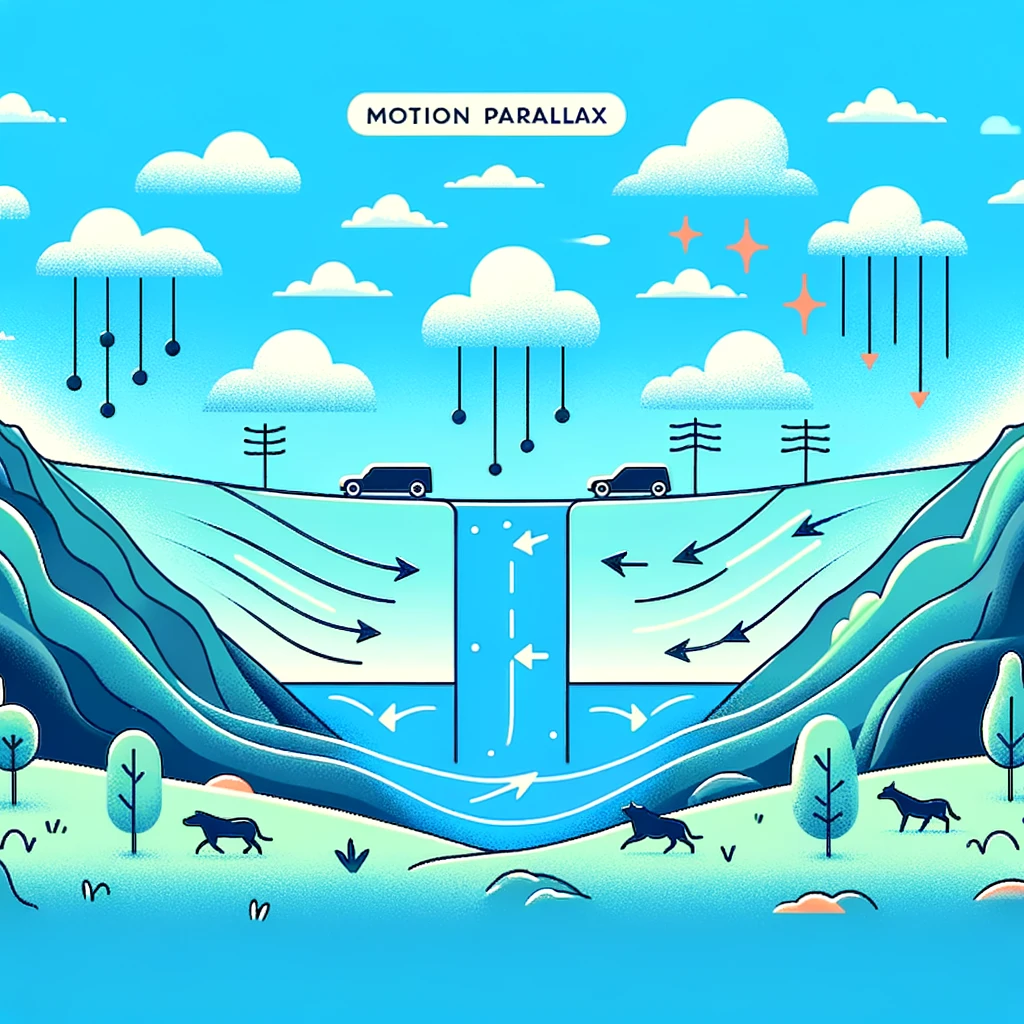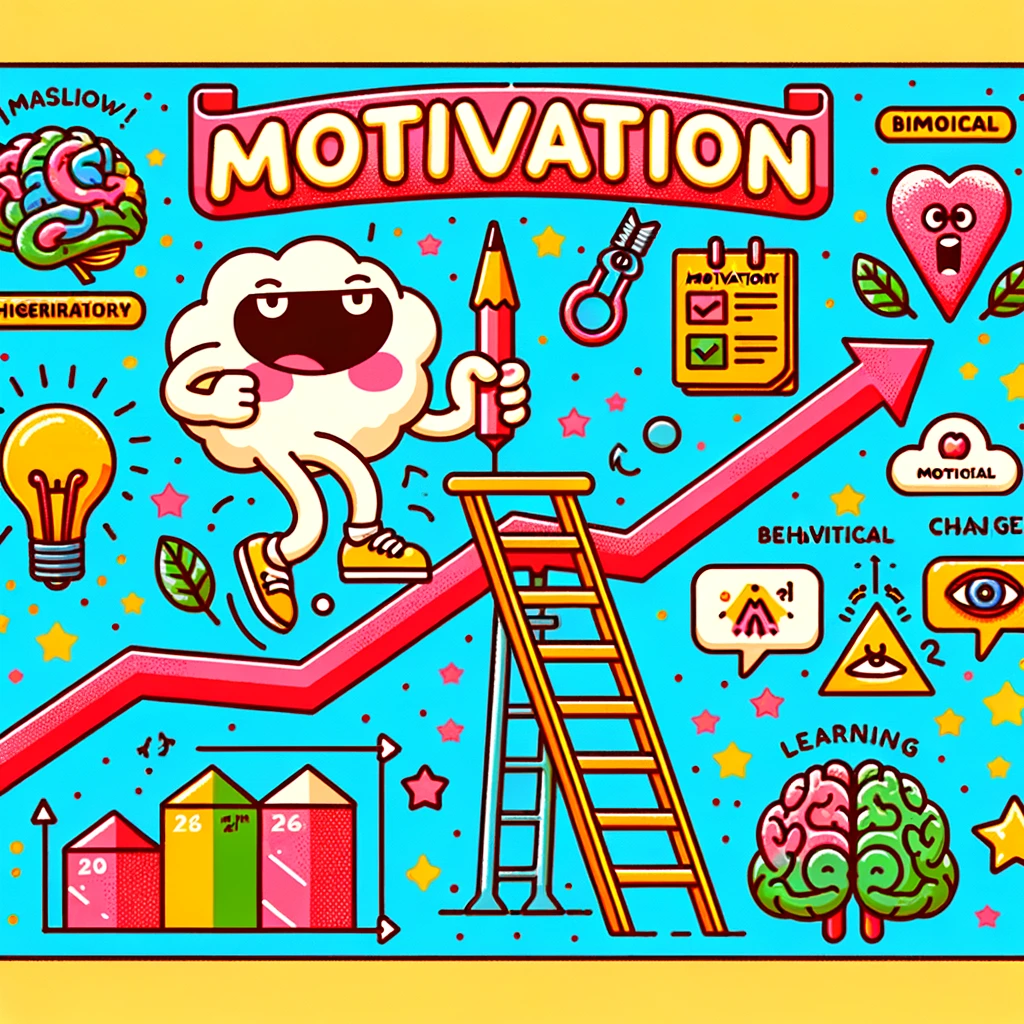Perception molds our reality, yet it is not infallible. Our minds can be tricked, leading to fascinating illusions and sometimes errors in how we interpret the world around us. This article delves into the types of perception, the intriguing world of visual illusions, and the common perceptual errors we encounter, all explained in simple language for easy understanding.
Visual Illusions: A Window into Perception
Visual illusions are distortions of reality that reveal the complex processes underlying perception. They challenge our assumptions, showing that what we see is not always the truth.
- Müller-Lyer Illusion: This illusion involves lines of equal length appearing unequal due to the orientation of arrowheads at their ends. It underscores how context influences our perception of size.
- Motion Parallax: This phenomenon occurs when objects at different distances move across our field of vision at different speeds. It’s crucial for depth perception and understanding the dynamics of movement.
Perceptual Errors: When Perception Falters
Not all perceptions are accurate. Errors can arise, leading to misunderstandings and misconceptions.
- Top-Down vs. Bottom-Up Processing Errors: These terms describe how perception can be influenced by expectations (top-down) or solely by the sensory input (bottom-up). Errors can occur when our expectations cloud our judgment or when we miss details in the sensory data.
- Confirmation Bias in Perception: This bias leads us to favor information that confirms our preexisting beliefs, an error that affects not just thinking but perception itself.
Conclusion
Perception is our gateway to interpreting the world, but it is subject to illusions and errors. Understanding these aspects of perception not only fascinates but also improves our awareness of the mind’s complexity.




